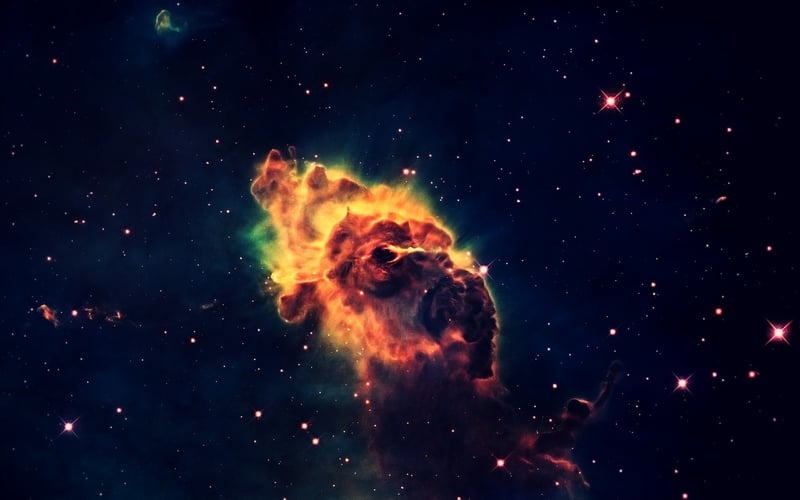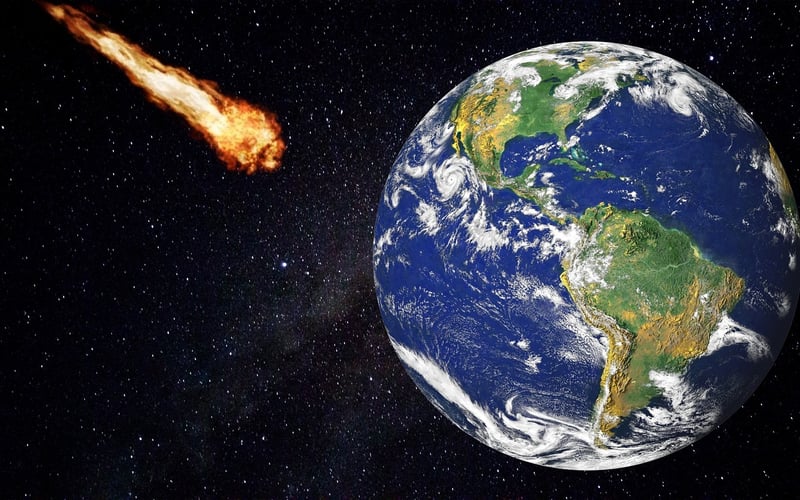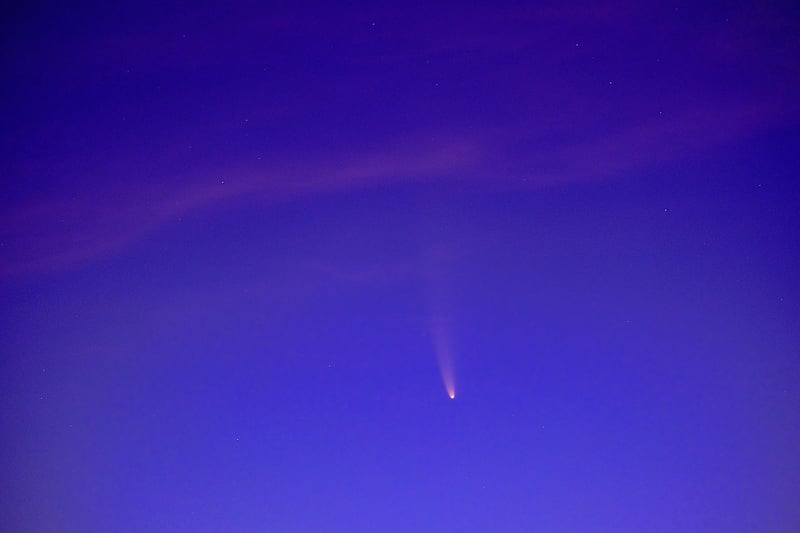Comet Observation
Exploring the Universe: Comet Observation

As we gaze up at the night sky, we are often mesmerized by the beauty and mystery of the universe. One fascinating celestial event that captures the attention of both amateur and professional astronomers alike is the observation of comets.
What are Comets?
Comets are cosmic snowballs made up of dust, rock, and ice that orbit the sun. When these icy bodies get close to the sun, they heat up and release gas and dust in a glowing halo around them, creating a spectacular sight in the night sky.
How to Observe Comets?
Observing comets can be a rewarding experience for stargazers. Here are some tips to help you observe comets:
- Find a dark location away from city lights to have a clear view of the night sky.
- Use a telescope or binoculars with a wide field of view to locate the comet.
- Check online resources or astronomy apps to track the location of visible comets in the night sky.
- Be patient and give your eyes time to adjust to the darkness for better visibility.
Famous Comets in History
Throughout history, several comets have made a significant impact on human culture and scientific understanding. Some famous comets include:
- Halley's Comet: One of the most famous comets, visible from Earth every 75-76 years.
- Hale-Bopp: A bright comet that was visible to the naked eye in 1997.
- Comet Shoemaker-Levy 9: This comet broke apart and collided with Jupiter in 1994.
So, next time you look up at the night sky, keep an eye out for these fascinating cosmic visitors. Happy comet hunting!

For more information on comets and other celestial phenomena, visit NASA's official website.
